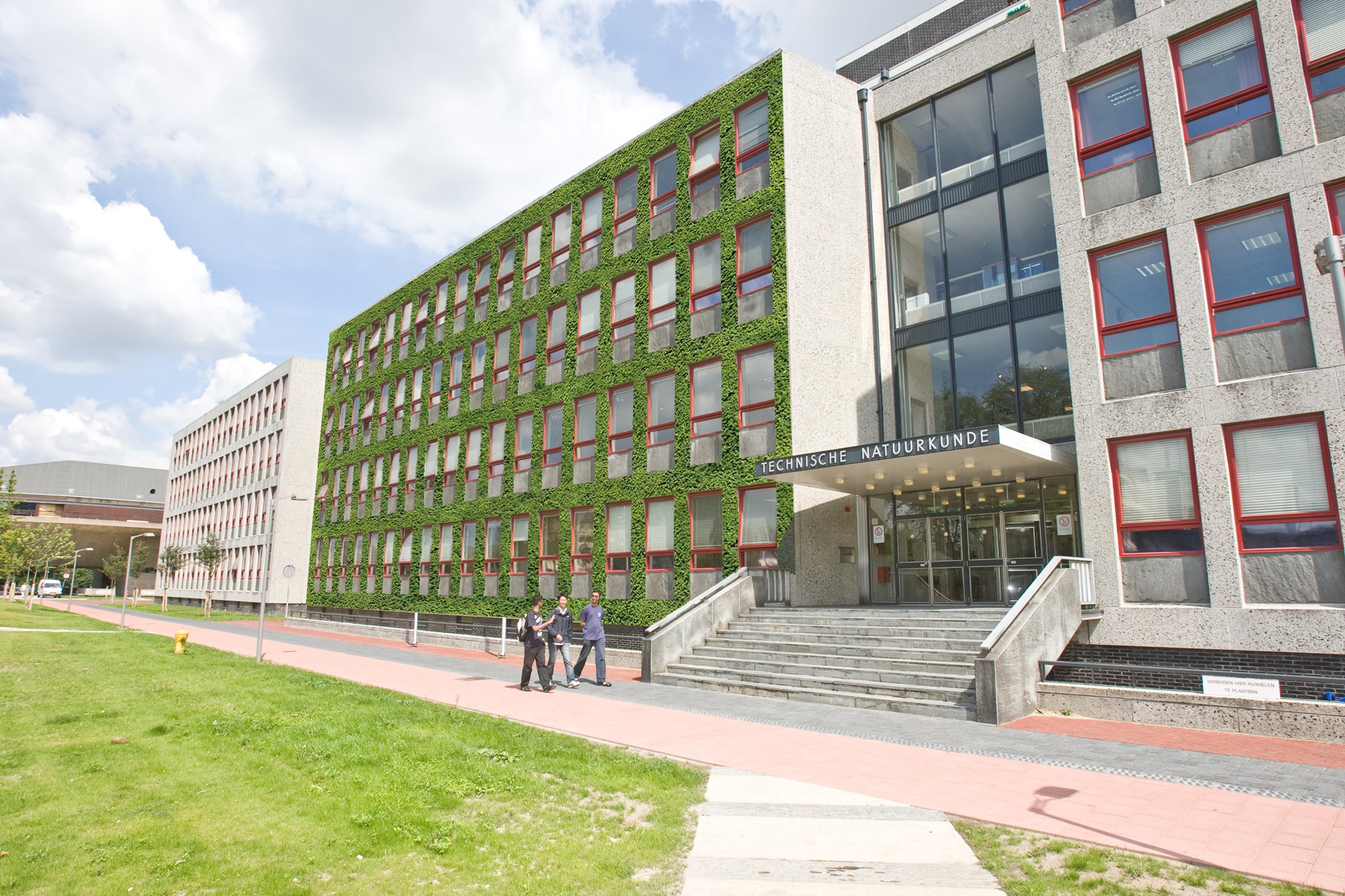THE POWER OF MOSS: BIO-RECEPTIVE CONCRETE CAN HELP CITIES BREATHE AGAIN
CHANGING DULL GREY CONCRETE INTO A GREEN AND LIVING RESPIRATORY SYSTEM
Amsterdam-based Respyre — a TU Delft spin-off focusing on the valorisation of a unique scientific cross-over between material science and biology — have developed a concrete and plaster that accommodates the growth of moss on not only new but also existing bare concrete walls. Any surface covered in moss becomes a natural respiratory system for the city; holding up to 5 litres of water per square metre to keep buildings cool, and sequestering C02 from the air.
Moss is perfect for green facades as it has rhizoids instead of roots. As opposed to roots, Rhizoids are nondestructive, leaving the façade in perfect condition with very little maintenance. It creates a space for insects stimulating biodiversity in cities. The moss also helps solve air- and noise pollution, contributing to the well-being of an urban environment and its inhabitants… and it looks fantastic!
THE POWER OF MOSS
The unique characteristics of moss make it incredibly suited for green façades. With rhizoids instead of roots moss is non-invasive to the façade and with its dense leaf system it provides many wonderful benefits to the urban environment:
Contaminant reduction: Moss converts CO2 to oxygen and absorbs and removes other pollutants such as PM10, VOCs, NOx, and NH3, from water and air.
Water retention: Moss can absorb and retain large amounts of water in its leaf system.
Cooling: Through evapotranspiration and shielding of the surface from sunlight moss attributes to cooling of the structure.
Biodiversity: Moss increases local biodiversity by providing habitat for vital fauna on otherwise bare concrete surfaces.
Noise reduction: With its dense leaf system moss captures sound and reduces noise pollution.
Aesthetically pleasing: Coordinated moss growth turns bare concrete structures into beautiful sights.
Biomass production: Moss produces biomass which is a suitable renewable resource for other products.
THE PROJECT IS A POTENTIAL 'GAME CHANGER' BECAUSE OF ITS SCALING POTENTIAL
To develop a climate-proof and livable environment we need to integrate more green in the design of cities. Concrete is a common building material in cities and for this purpose a bioreceptive concrete is being developed and tested at Marineterrein Amsterdam*. The aim is to apply this concrete as a layer on existing but otherwise bare concrete surfaces. By doing so these bare surfaces will over time be transformed into moss overgrown ‘living’ surfaces.
Unique superpowers
Several unique characteristics of Respyre’s concrete make it bio-receptive which include its porosity and water retainment, micropore texture, acidity and nutrients that are included in the mixture. These characteristics create the perfect setting for moss to thrive on.
Moss is incredibly well suited for green facades as moss has rhizoids instead of roots. Roots are very invasive and demand a lot from the substance they grow from. Rhizoids are nondestructive, they mainly function as an adhesive, leaving the façade in perfect condition.
Why concrete?
The main reason why certain types of concrete support spontaneous and abundant growth of moss are that these are relatively porous resulting in a high moisture retaining capacity which improves its bio-receptivity towards moss growth. At the Delft University of Technology, a specific high-moisture absorbing- and retaining and moss receptive concrete has therefore recently been developed.
Method
Respyre started with the proof of concept from stage one. Applying the concrete layers that allows for moss growth on the existing buildings will create more green environment. Hereby, the environment will benefits from natural capital (ecosystem services provided by a thick layer of moss) which is spontaneous, virtually maintenance-free and therefore very cost-effective for the owner or manager.
The project is a potential 'game changer' because of its scaling potential. If the potential benefits bio-receptive concrete proofs to be effective, imagine the impact this could have on the built living environment.
Original article from BrightVibes.
